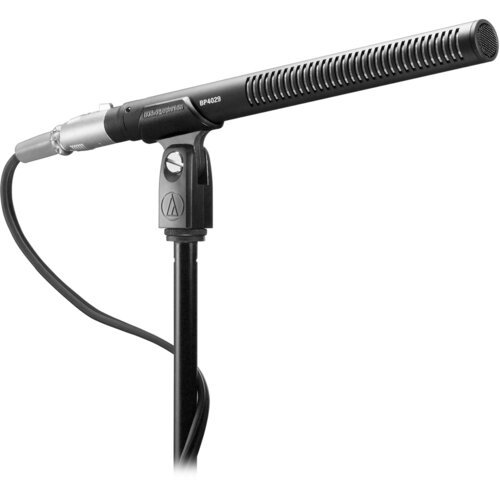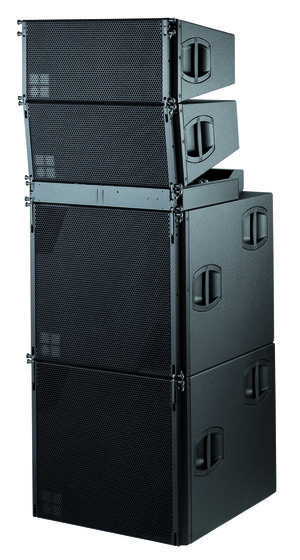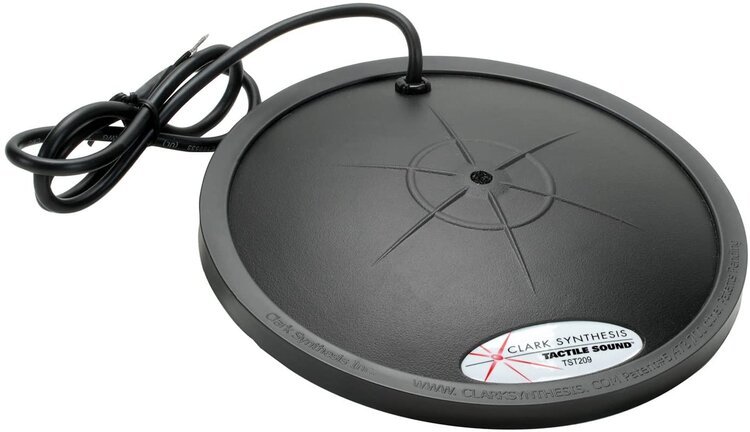069 – Audience Mics, Sidefills and Thumpers
Great sound for artists can mean more than just an IEM mix.
Written by Scott Adamson
Mixing in-ear monitors (IEMs) is an important job that requires equal parts skill and sensitivity. Whether or not the artist has a solid, well-rounded mix in their ears can quickly determine if they feel energized or isolated on stage.
In this excerpt of a longer conversation, monitor engineers Francois Pare (Queens of the Stone Age) and Donato Paternostro (Bon Iver) discuss how supplementing IEMs with audience mics, sidefills and thumpers can help them produce a better mix.
So what do these three terms mean?
Just as it sounds, an audience mic is a mic pointed towards the audience to pick up the sounds of the crowd. While the FOH engineer would have no need for this, it’s a hugely important tool for IEM mixing. Without it, an artist can see the crowd, but may not hear them in the same way they would using wedges. This could make them feel disconnected from the people right in front of them.
Lots of different mics can be used as audience mics. Francois notes that he uses six when mixing IEMs for Queens of the Stone Age — two shotgun mics, two large diaphragm condensers and two pencil condensers attached to vocal mic stands. This gives the band an even spread of crowd noise which helps them feel excited as they walk out on stage.
Get real-world live sound mixing tips straight to your inbox.
Sidefills are generally larger speakers placed on the side of the stage facing the artist. Their purpose is to give the performers a more enveloping sound. Some monitor engineers use subs as sidefills to provide more low end presence. However, adding more noise to the stage always has potential to clutter the monitor and FOH mix, so use sidefills with careful intention.
A tactile transducer, also called a thumper or a bass shaker, is a speaker often utilized in such a way that low frequencies are felt, rather than just heard. If installed correctly, they produce little to no noise. Donato utilizes thumpers built into stage risers upon which the musicians stand. Because the bass frequencies are in contact with the risers, the artist is experiencing them physically in their feet and shins. This can potentially free up low end room in the IEM mix.
Ultimately, monitor mixing is all about how the artist feels. Developing a lasting relationship can build the trust that you need to get creative and try out new ideas on stage.
L to R: Audio Technica’s BP4029 shotgun mic, D+B’s V8 speakers used as a sidefill (with subs) and Clark Technology’s TST209 tactile transducer.




